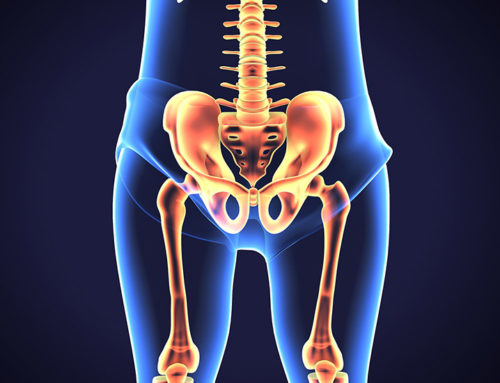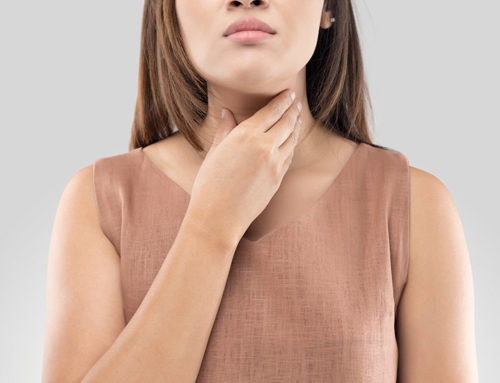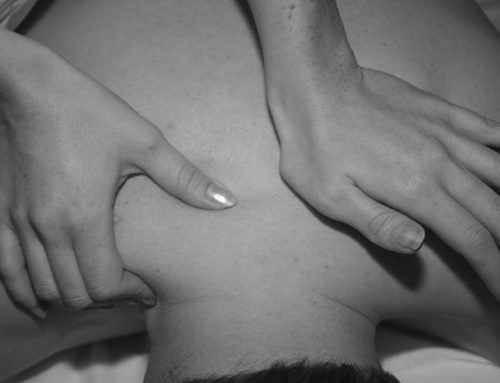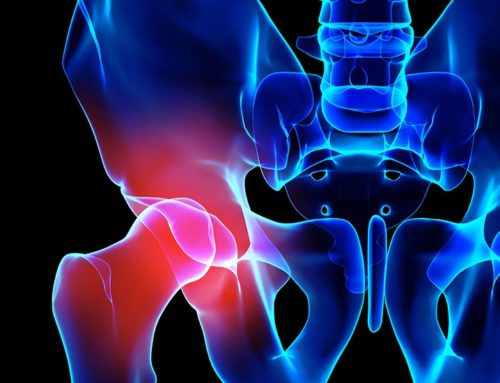Piriformis syndrome pain management ( associated with sciatica )
Sciatica definition:A syndrome characterized as a painful sensation from back to buttock and into lower extremity along its posterior or lateral aspect. Sciatica is most commonly caused by prolapse of the intervertebral disc. The term is also used to refer to pain anywhere along the course of the sciatic nerve.
Piriformis syndrome is a nerve condition in which the piriformis muscle irritates the sciatic nerve, pudendal nerve and posterior femoral cutaneous nerve, causing pain in the buttocks and referring pain along the cource of the sciatic nerve and other nerve.
Anatomically, the piriformis muscle lies deep to the gluteal muscle. It originates from the sacral spine and attaches to the upper border of greater trochanter of the femur. And the piriformis muscle and sciatic nerve cross each other behind the hip joint. The sciatic nerve passes underneath the piriformis muscle. In a small number of people the sciatic nerve actually passes directly through this muscle.
Cause of disease:
Trauma or strain of piriformis muscle; Inflammation- pelvic inflammation, peritonitis, sacroititis can spred over the piriformis muscle.
Common signs and symptoms:
The deep pain in the buttocks which is made worse by sitting on a car seat, running, climbing stairs , or performing squats; The pain can radiate into the regio femeris posterior, lateral surface of leg; Sometimes the pain can radiate into posterolateral thigh or perineum; Some severe case can have heaviness or fatigue at the leg.
Diagnosis and Identification diagnosis:
Piriformis syndrome can be very difficult to diagnose, and oftentimes is missed because it shares very similar symptoms with other conditions. For this reason the correct diagnosis for your pain may not be found right way. Listed some physical exam that may help to diagnosis of piriformis syndrome. Such as deep tenderness at the projection area of piriformis muscle; Positive of tonic test of piriformis muscle. X-ray, CT scan, MRI or nerve conduction test may necessary to exclude the lumbar disc herniation, impair or semis-dislocation of sacroiliac joint.
Treatment:
1. Acupuncture: Acupuncture points- Huantiao point (GB30), Yanglingquan point (GB34) and Xuanzhong point ( GB39). the patints with piriformis syndrome have their pain distributed along the Gall-bladder maridian of Foot-Shaoyang. Acupucture on this meridian, which is full of qi, but with little blood, is easy to induce a strong needling sensation. The GB30 point ( passing through the inferior edge of the piriformis muscle ), GB34 point ( Jinhui, one of eight confluence point ) with GB39 points are located the Gall-bladder maridian. The result of acupuncture can direct target focus of piriformis muscule. Ashi points- Achi points located at projection area of piriformis muscle. We performed acupuncture with GB30, GB34, GB39 and Ashi points that can fast resolve the muscle’s edema, spasm and inflammation, then the pain can reduce or relieve.
2. Tui Na- Tui Na can help to relieve spasm, to improve local circulation, to alleviate inflammation.
3. Chinese herbs- Selecting herb formula to relieve pain.
Over the years, We have treated over 30 cases of piriformis syndrome. Most of the cases got satisfactory results.









